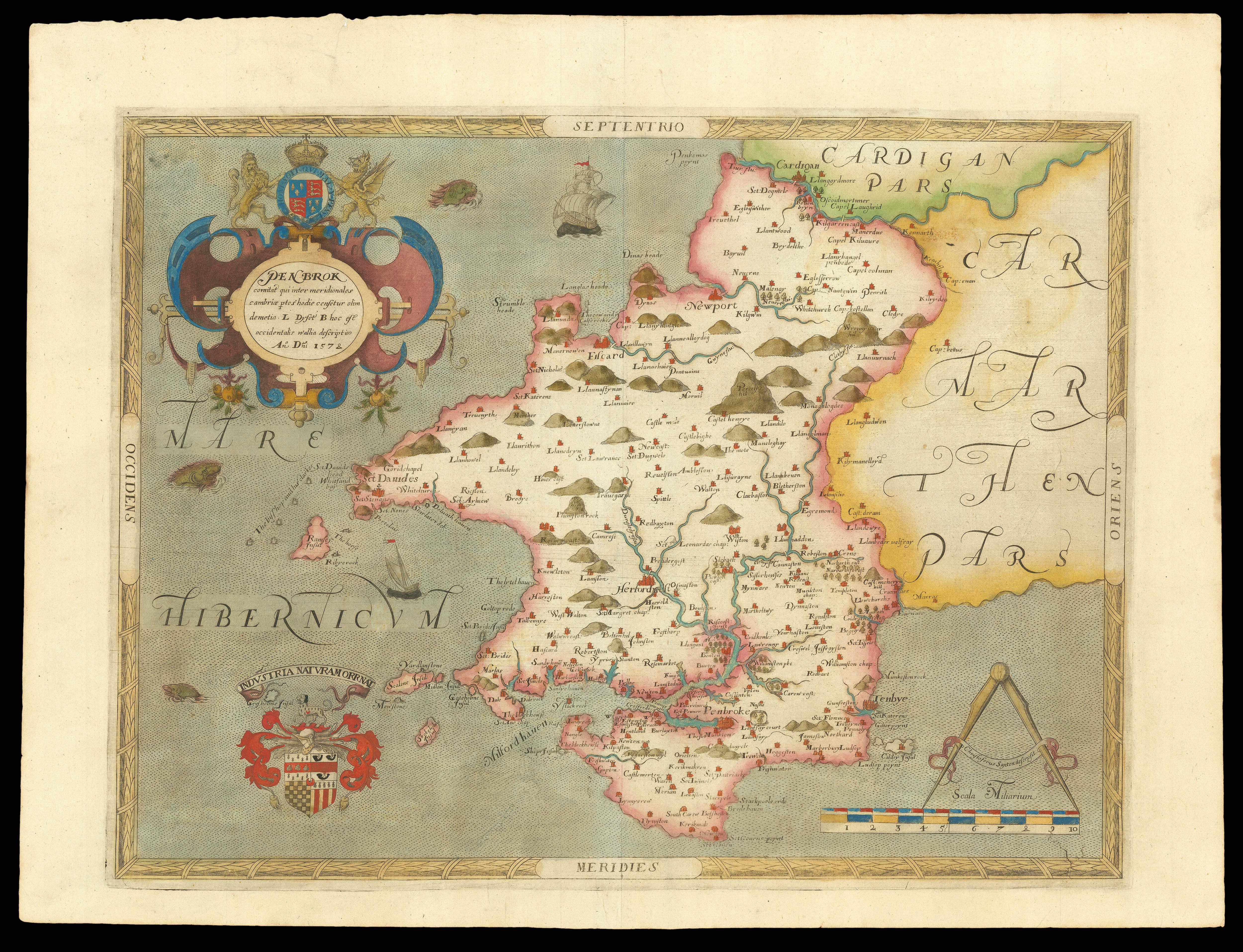
View of the Frost Fair held on the River Thames,... January 31st, to February 6, 1814.
- Author: KIRBY, R.S.
- Publication place: London
- Publisher: R.S. Kirby, 11 London House Yd. St. Paul's
- Publication date: November 12, 1814.
- Physical description: Engraved bird's-eye view .
- Dimensions: 136 by 209mm (5.25 by 8.25 inches).
- Inventory reference: 18205
Notes
Published separately, but also issued in volume VI of R.S.’ Kirby’s Wonderful and Eccentric Museum; or, Magazine of Remarkable Characters, including all the curiosities of Nature & Art, from the Remotest Period to the Present Time, drawn from every authentic source’ (1820), where it accompanies Kirby’s chapter on the Frost Fair. His “correct Bird’s-eye View” illustrates the mayhem of the fair, extending from Blackfriars Bridge to London Bridge, with the entrance to Queen’s Street at the top and Bank Side at the bottom. The “New City Road” is runs through the middle of Kirby’s print. Two printing booths are fly banners: “Frost Fair Printing Office”, and the “Thames Printing Office”,… not far from where “Roasted Sheep” may be had. But most London citizens are eating, drinking, fighting and frolicking.
The winter of 1813-1814, was “…a specimen of what the Genius of Frost was capable of doing when he went about his work in earnest. It was in this eventful winter that Napoleon retreated from Moscow, amidst the horrors of cold, desolation, and famine; and it was in the winter of this year that Winter, ‘canos hirsute capillos’, shook the icicles from his beard over the inhabitants of London, and took old Father Thames into custody… The frost set in with a cold, piercing easterly wind, on the 27th December, 1813, and lasted, with little intermission of its intensity, until the 5th of February following. So hard was the surface of the river for several weeks, and so thick the ice, that a long road, or rather street, which was called the City-road, was formed from Blackfriars’-bridge to old London-bridge,… On each side of this long street were booths of all descriptions; dancing, eating, drinking, smoking, &c. were going on without intermission all day and all night. There were printing presses, inter alia; and songs, poems, and descriptions setting forth the multitudes who thronged to see the wonders. Bambling-booths, shows, and so forth were in abundance; in short, the whole river represented an immense Saturnalia, an enormous Bartholomew fair. There were fires blazing, sausages frying, fiddlers tuning, horns blowing, and groups of dancers in incessant employment and requisition,…” (Illustrated London News, 1843).
The River Thames has been known to freeze over on several occasions, especially during the “Little Ice Age” of the sixteenth to nineteenth centuries, upon which the inhabitants of London took to the solid ice for business and pleasure. The most important of these “Frost Fairs” occurred in 695, 1608, 1683-4, 1716, 1739–40, 1789, and 1814. In 1684, during the Great Freeze of 1683-4, which was the longest in London’s history and during which the ice reached depths of around 28cm, the diarist John Evelyn recorded the attractions of the Frost Fair:
“Streetes of Boothes were set upon the Thames… all sorts of Trades and shops furnished, & full of Commodities… Coaches plied from Westminster to the Temple, and from several other stairs too and fro, as in the streets, sleds, sliding with skates, bull-baiting, horse and coach races, puppet plays and interludes, cooks, tippling and other lewd places, so that it seemed to be a bacchanalian triumph, or a carnival on water”.
Many of London’s printmakers capitalized on this carnival atmosphere by producing souvenirs of the great event. These included engraved scenes, portraits, poems and, perhaps most prolifically, personalized tickets, which gave attendees the opportunity to commemorate their trip onto the ice with a print bearing their own name.
During the fair of 1814, some printmakers actually installed their presses on the ice; their souvenirs, “printed on the River Thames”, were extremely popular. These tickets are all similar in style: they make clear that they were produced on the river itself, and several contain short verses to commemorate the event.
 Rare Maps
Rare Maps  Rare Atlases
Rare Atlases  Rare Books
Rare Books  Rare Prints
Rare Prints  Globes and Planetaria
Globes and Planetaria 










